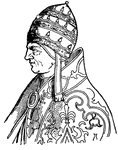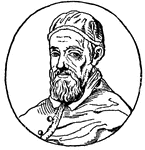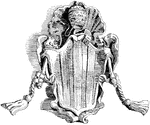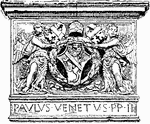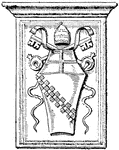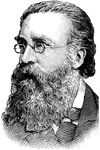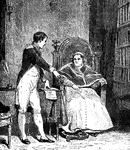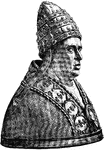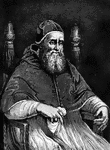
Pius X
Pope Saint Pius X (Italian: Pio X) born Giuseppe Melchiorre Sarto, (2 June 1835 – 20 August 1914),…
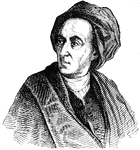
Alexander Pope
Alexander Pope (21 May 1688 – 30 May 1744) was an 18th-century English poet. He is best known for…

James Frederick Wood
An American Roman Catholic, prelate, born in Philadelphia, April 27, 1813; died there June 20, 1883.

Ulric Dahlgren
"Colonel Ulric Dahlgren, born in Bucks County, Pa., in 1842, died near King and Queen's Courthouse,…

Battle of Cedar Mountain
"Battle of Cedar Mountain, fought Saturday, August 9th, 1862, between the Federal troops commanded by…
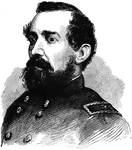
General Jesse L. Reno
"General Reno, born in Wheeling, W. Va., June 20th, 1823, died on South Mountain, Md., September 14th,…
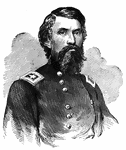
General John Buford
"General Buford, born in Kentucky in 1825, died in Washington, D. C., December 16th, 1863, was graduated…
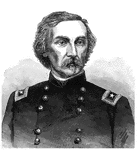
General Gouverneur K. Warren
"General Warren, born in Cold Spring, N. Y., January 8th, 1830, died in Newport, R. I., August 8th,…
Commissariat Depot
"Commissariat Depot of the United States Army of the Rappahannock at Manassas, Va. Our sketch shows…

Kentucky Shore
"The Federal Army, under General Pope, landing on the Kentucky Shore, opposite New Madrid, April 1st,…
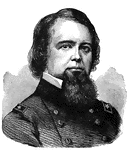
General John Pope
"General Pope, born in Louisville, Ky., March 16th, 1822, was graduated from the United States Military…
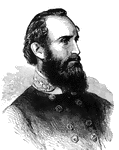
General Thomas J. Jackson
"General Stonewall Jackson, born in Clarkesburg, W. Va., January 21st, 1824, died at Chancellorsville,…

Second Battle of Bull Run
"Second battle of Bull Run, fought Saturday, August 30th, 1862, between the Federal forces commanded…
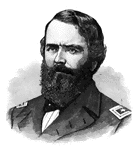
General John Pope
"General John Pope was involved in New Madrid and Island No. 10 during the Civil War."—E. Benjamin…
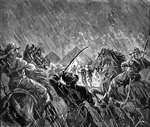
Stuart's Raid
"General J. E. B. Stuart's raid upon Pope's headquarters, August 22, 1862, when Pope's despatch book…

Ruffe
"A European species, six to eight inches long, closely resembling the perch, and valued for its flesh."…
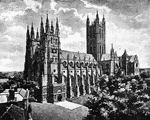
Canterbury Cathedral
"Canterbury Cathedral, which was a key place during the contest with King John. In the quarrel with…
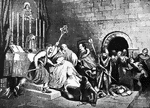
Death of Becket
"Death of Becket. During the early years of the reign Thomas A. Becket, as the king's chancellor, had…
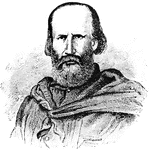
Garibaldi
"Garibaldi was a patriot who started up a revolt in Sicily and took possession of the island, then passed…
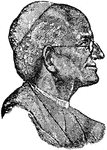
Leo XIII
Pope of Rome, son of Count Ludovico Pecci, born in Carpineto, Italy, March 2, 1810. In 1818 he entered…
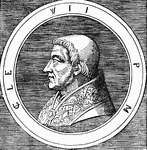
Pope Clement VII
(1478-1534) Born as Giulio di Giuliano de Medici, he was delighted with the Indian jugglers sent to…

Alcantara
"One of the religious orders of Spanish knighthood, was founded as a military fraternity for the defense…
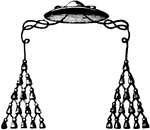
Cardinal Hat
"Cardinal, an ecclesiastical prince in the Roman Catholic Church, who has a voice in the conclave at…

King Henry and His Barons
King Henry was a builder of beautiful churches. Westminster Abbey, as it is now, was one. And he was…
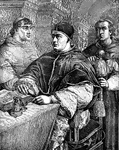
Pope Leo X., with Cardinals Giulio De Medici
From a Painting by Raphael, in the Pitti Palace, Florence.

Meeting of Lodovico Gonzaga and his son, the Cardinal Francesco
This painting by Andrea Mantegna is a great example of the style and technique that she often used in…

The Entombment
This painting by Andrea Mantegna is from the time period when he worked for the Pope in Verona. It is…

Leo XIII
Pope Leo XIII (1810-1903). Archbishop, bishop, cardinal, chamberlain of the Sacred College, and Pope.
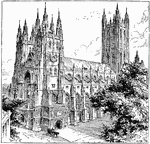
Canterbury Cathedral
The cathedral was founded by Augustine in 602 AD and dedicated to St. Saviour. The Cathedral's first…
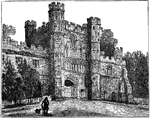
Battle Abbey Gateway
In 1070 Pope Alexander II ordered the Normans to do penance for killing so many people during their…

Pope Gregory VII
Pope Saint Gregory VII (c. 1020/1025 – May 25, 1085), born Hildebrand of Soana (Italian: Ildebrando…
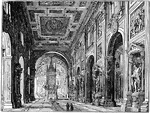
St. John's Church, Lateran Palace, Rome
The Basilica of St. John Lateran (Italian: Basilica di San Giovanni in Laterano) is the cathedral of…

General View of Rome
Rome is the capital city of Italy and Lazio, and is Italy's largest and most populous city, with more…

Pope Leo X
Pope Leo X, born Giovanni de' Medici (December 11, 1475 – December 1, 1521) was Pope from 1513…
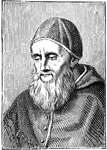
Pope Julius II
Pope Julius II (5 December 1443 – 21 February 1513), born Giuliano della Rovere, was Pope from…
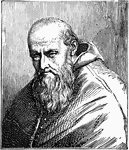
Pope Paul III
Pope Paul III (February 29, 1468 – November 10, 1549), born Alessandro Farnese, was Pope of the…

Pope Pius IX
Blessed Pope Pius IX (May 13, 1792 – February 7, 1878), born Giovanni Maria Mastai-Ferretti, was…
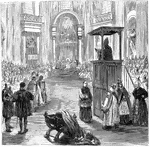
Reading of the Decree, July 18th
An illustration of the reading of the decree in Vatican City on July 18th, 1870.
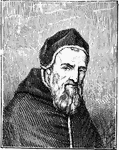
Pope Sixtus V
Pope Sixtus V (December 13, 1521 – August 27, 1590), born Felice Peretti di Montalto, was Pope…

St. Peter's Church and Vatican Palace, Rome
The Basilica of Saint Peter is located within the Vatican City. It occupies a "unique position" as one…

John Pope
John Pope (March 16, 1822 – September 23, 1892) was a career United States Army officer and Union…
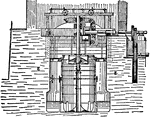
Jonval Turbine
"This turbine was designed to give 1250 H.P. with a fall of 25 ft. and an efficiency of 77%. It is fitted…

One Bay, Nave of Lucca Cathedral
The Cathedral of St Martin (Italian Duomo) is a church in Lucca, Italy. It was begun in 1063 by Bishop…

Papal Tiara
The Papal Tiara, also known as the Triple Tiara, or in Latin as the 'Triregnum', and in Italian as the…
